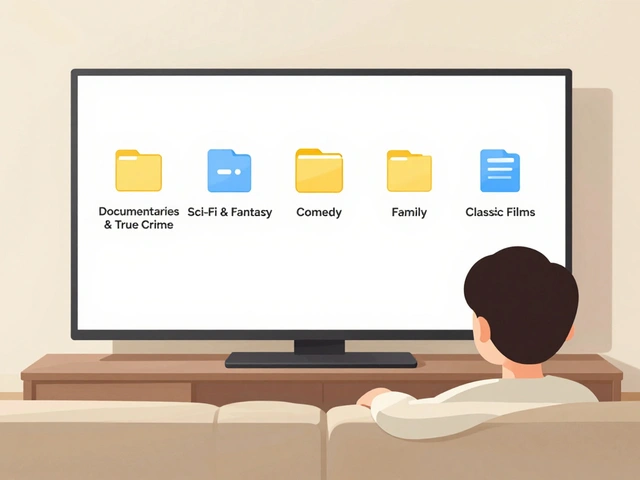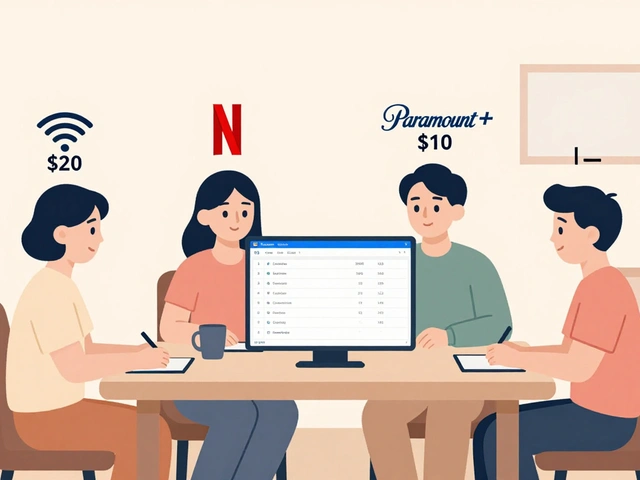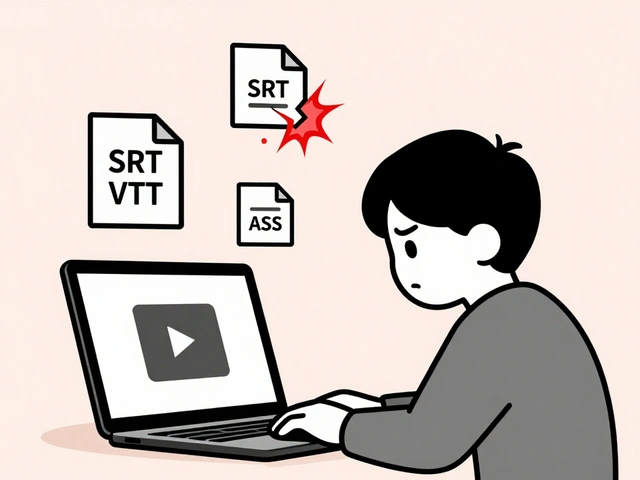Blockchain Basics: Your Gateway to Decentralized Technology
When diving into blockchain basics, think of a public ledger that records every transaction in a way that can’t be altered. It’s a chain of blocks, each holding a batch of data, linked together by cryptographic hashes. Also known as a distributed ledger, this system removes the need for a central authority and lets anyone verify the history of assets. Understanding blockchain basics means grasping three core attributes: decentralization, immutability, and consensus. Decentralization spreads control across many nodes, immutability ensures records can’t be tampered with, and consensus algorithms like Proof‑of‑Work or Proof‑of‑Stake let the network agree on the valid state. These traits form the foundation for everything that follows, from simple token transfers to complex smart contracts.
Key Concepts That Connect to Blockchain Basics
One of the most visible outcomes of blockchain technology is cryptocurrency, a digital cash system that uses cryptographic keys to secure transactions. Cryptocurrencies rely on the same ledger principles described above, turning the abstract idea of a secure, shared record into a usable form of money. Closely linked are digital assets, any tokenized value—like NFTs, stablecoins, or utility tokens—stored on a blockchain. Both crypto and digital assets need a way for users to interact with the network, and that’s where a hot wallet a software‑based wallet that stays online for quick access. A hot wallet lets you send and receive tokens instantly, but it also exposes you to online threats, making security practices essential. Meanwhile, the broader market reacts to news, regulation, and sentiment, which can trigger a crypto market crash, a rapid decline in cryptocurrency prices caused by factors like liquidity shortages or regulatory crackdowns. While a crash doesn’t change the underlying blockchain, it does highlight why understanding the technology’s resilience matters for investors and developers alike.
Putting it all together, blockchain basics encompasses decentralization, which enables cryptocurrencies and digital assets to function without a bank. It requires tools like hot wallets to make everyday use possible, and it influences market dynamics such as crypto market crashes. By mastering these connections, you’ll be better equipped to evaluate new projects, protect your holdings, and spot real utility versus hype. Below, you’ll find a curated collection of articles that break down each of these pieces—whether you’re looking for a beginner’s walkthrough of hot wallets, an analysis of why markets tumble, or a deeper dive into the mechanics that keep blockchains secure.
26
Ethereum Blockchain Explained: What It Is, How It Works & Why It Matters
Learn what the Ethereum blockchain is, how it works, its key features like smart contracts, and why it matters for finance, gaming, and more.
Latest Posts
Popular Posts
-
 App Layout Strategies: Organize Streaming Services by Genre and Use
App Layout Strategies: Organize Streaming Services by Genre and Use
-
 How Roommates Can Fairly Share Wi-Fi and Streaming Costs
How Roommates Can Fairly Share Wi-Fi and Streaming Costs
-
 Why Subtitles Aren't Working: Fix Common Video Text Issues
Why Subtitles Aren't Working: Fix Common Video Text Issues
-
 Paramount+ with Showtime vs. Peacock Premium vs. ESPN+: Which Sports Add-On Fits Your Viewing Habits?
Paramount+ with Showtime vs. Peacock Premium vs. ESPN+: Which Sports Add-On Fits Your Viewing Habits?
-
 How to Cancel Paramount+: Step-by-Step Guide
How to Cancel Paramount+: Step-by-Step Guide



